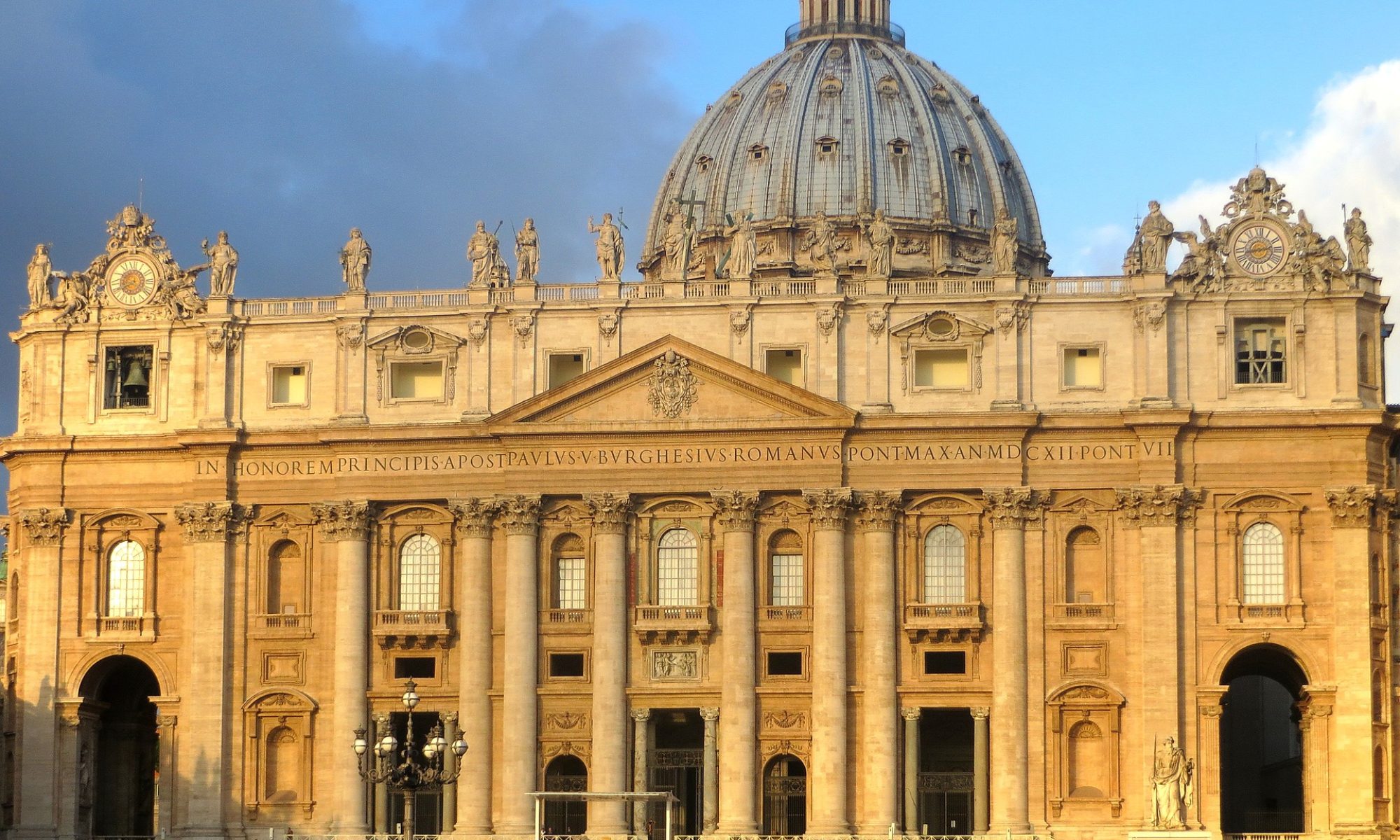Evangelicals have known for centuries that Rome is a “mission field.” It is no coincidence that as soon as the breach of Porta Pia opened in 1870 (when Rome was liberated from papal power and the Pontifical State ended), Bibles and Christian tracts were immediately smuggled in to further the evangelization of the city. Despite being considered the cradle of Christianity, Rome had experienced a somewhat tyrannical religious monopoly by Roman Catholicism over the centuries. Still, it could not be said to be an evangelized city. Very religious, yes, but Christian, no. Rome was a mission field because it prevented the free circulation of God’s Word in the vernacular language and suppressed any attempts to bring about a biblical reformation.
For this reason, after 1870, evangelism and church planting activities were initiated by evangelicals surrounded by suspicion and, at times, opposition. This continues to this day. By evangelical standards, Rome was and is still a mission field. With around 100 evangelical churches and a population of 4 million, it is indeed a mission field.
Since 1870, much water has passed under the bridges of the river Tiber. Today, even the Roman Catholic pope says Rome is “a mission field.” Meeting with the Roman Catholic clergy on 13th January, Francis said just that: the heart of Roman Catholicism, the seat of the papacy, the center of Roman Catholicism, the city that Popes have claimed their own is a “mission field.”
What does that mean? The challenges of secularization, disengagement, and abandonment of religious practice are putting increasing pressure on the Roman Catholic Church right here in the eternal city. Accustomed to imposing its primacy on consciences for centuries, now that its authority structure and the social imposition of customs no longer work automatically, even Roman Catholicism in Rome is in a crisis of numbers and participation. Masses (with exceptions) are semi-deserted, and parishes (with exceptions) are perhaps attended for the services they offer to the young or the poor, but certainly are no longer known to be places of spirituality (e.g. prayer, catechesis). Much of the Roman population is not “active” in Catholic practices.
Rome is still religious in its “hardware” but less and less so in its “software.” Everything in Rome speaks of the established and pervasive presence of the Roman Catholic Church (palaces, institutions, churches, the Vatican). Still, it is beginning to perceive itself as a presence needing self-defense and promotion. So, the pope, who is the Roman Catholic bishop of Rome, says that the city must be considered as a mission field to be reached with the “new evangelization” by an “outgoing” church, the two passwords that he has been using since the 2013 programmatic document “The Joy of the Gospel.”
Although it may appear so, what Pope Francis said is not a new thing. Back in 1974 (exactly 50 years ago), Cardinal Poletti, then the pope’s vicar for the city of Rome, said that Rome was a “mission field.” It caused a stir then. Ten years after celebrating the splendors of the Second Vatican Council, the church began to see Rome not so much as “our” city but as a place to be reached.
When Francis says Rome is a “mission field,” one must also see the other side of the coin. On 4th January, he met with the Mayor of Rome, Roberto Gualtieri, and the President of the Lazio Region, Francesco Rocca—something that does not happen for any other faith community. The city’s two highest political and administrative authorities are not generally received “in audience” by religious leaders in their offices. However, the pope does it frequently, and they go to him with deferential attitudes. He is a top political figure.
Four days later on 8th January, the president of the Italian Catholic Bishops Conference, Cardinal Matteo Zuppi, signed the hiring of 6,500 new religion teachers (chosen by Roman Catholic bishops and paid for by Italian taxpayers) with the Italian government. This, too, is not a practice of a “mission field” but of a country enslaved to a religious denomination. A mirror of an unjust privilege is the fact that in public, state-funded schools, Roman Catholic teaching is the only option available for students and is paid for by the state.
And then, on Sunday evening, 14th January, Pope Francis was interviewed live on prime-time: an hour-long, almost kneeling interview by anchorman Fabio Fazio on “Che tempo che fa” show. It was on this program that, after defending the blessing of same-sex and irregular couples, when asked about the reality of hell, the pope said: “I like to think hell is empty; I hope it is.” Again, this is not an opportunity that other religious leaders are given, but it does not signal the fact that Italy is a “mission field” in the sense that evangelicals would give to the expression. Rome is rather an “occupied” field by a religion only.
The Roman Catholic hierarchy may consider Rome to be a “mission field,” but the pope and the Roman Catholic Church are not letting go of their grip on the city. Evidently, the pope feels the ground shaking under his feet and clings to the political-economic-institutional-media privileges of the past. He says he wants to do “mission,” but what he does is manage power.
For evangelicals, Rome was and is a mission field in need of evangelization by people and churches who witness the biblical gospel. “Silver or gold I do not have, but what I do have I give you. In the name of Jesus Christ of Nazareth, walk.” (Acts 3:6). Neither the promise of political favour nor the prospect of social status, the gospel is the message of salvation in Jesus Christ alone by faith alone according to the Bible alone. This is the evangelical mission to the city of Rome. The pope’s is something else.

Evangelical Theological Perspectives on Roman Catholicism
